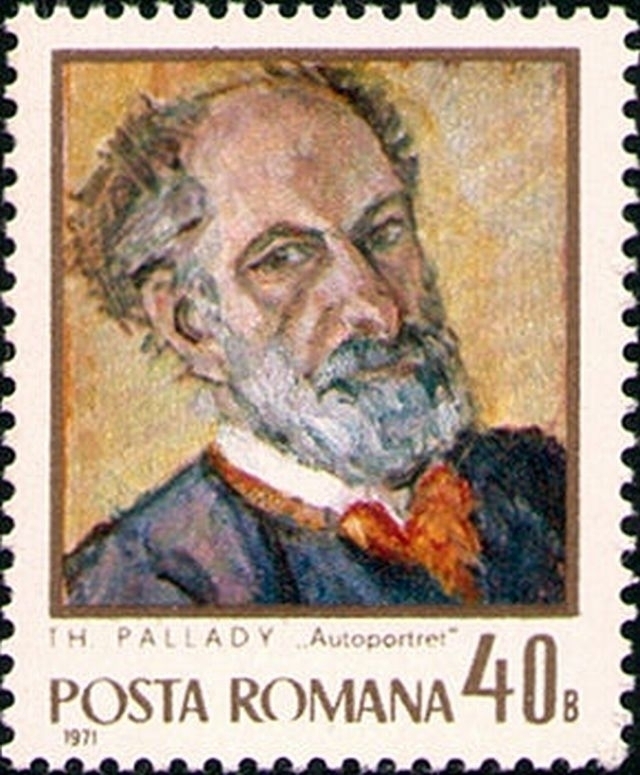The painter Theodor Pallady
Theodor Pallady is one of the most prominent names in the history of the Romanian visual arts.

Christine Leșcu, 19.08.2017, 14:00
One of the most
prominent names in the history of the Romanian visual arts, the painter Theodor
Pallady was born in April 1871 and passed away 61 years ago, on the 16th
of August. The son of aristocrats, he defied his family’s expectations and
pursued painting and a more or less bohemian lifestyle in Paris instead of a
career as an engineer. Mihaela Murelatos, a curator at the Theodor Pallady
Museum in Bucharest, tells us more about this painter:
Pallady hailed
from a Romanian boyar family whose roots went back to 17th-century
Moldavia, with his mother coming from a branch of the Cantacuzino family. He
was schooled at home for the first years of his life by a French tutor. He then
went to a high school in Bucharest and studied engineering and later in
Dresden, Germany. In this latter city, he also took painting lessons from the
German painter Erwin Oehme who advised him to abandon engineering for painting,
which Pallady did, risking alienating his family and having his finances cut
off. He then left Dresden for Paris, where he worked in the studio of the
Symbolist painter Jean Arman before joining the School of Fine Arts, where he
studied under the painter Gustave Moreau. His colleagues included Henri
Matisse.
Theodor Pallady
returned to Romania and opened his first exhibition in 1904 at the Romanian
Athenaeum. He also exhibited in Paris, where he lived for most of the interwar
years until 1939, when he returned to his home country definitively.
During his time
in Paris, he lived at Place Dauphine, where one of his neighbours was Gheorghe
Raut, another Romanian in love with the arts and a former director of the Paris
branch of the Marmorosch Blank Bank between the two world wars. A passionate
collector, Gheorghe Raut purchased several woks by Pallady which he included in
a collection that he later donated to the Romanian state. The collection
includes 800 graphic art works plus several oil paintings among which the
portraits of actresses Maria Ventura and Marioara Voiculescu.
Although he
lived in Paris, to be closer to the artistic community there, Pallady did not
distance himself from his Romanian sources of inspiration, which he shared with
his friends. Mihaela Murelatos is back with details about Pallady’s friendship
with Henri Matisse:
Pallady influenced his friend in terms of the love for
the Romanian blouse. La Blouse Roumaine painted by Matisse was heavily inspired
by Pallady. Matisse also had an impressive collection of Romanian blouses.
Their discussions touched upon the supremacy of the line and colour in
painting. Pallady, who had studied engineering and mastered the art of drawing,
argued that the line was more important than colour. On the contrary, Matisse
laid emphasis on strong, lively colours and believed that, in a painting,
colours were more important than lines. Both artists would stick to their point
of view and Pallady would say that the line could be associated with the spirit
and that the colour was just matter.
Tourists and art
lovers can admire the paintings of Theodor Pallady at the Malik House in
Bucharest, the place where the will find the collection of the Raut family as
well as the current headquarters of the Theodor Pallady Museum.





























